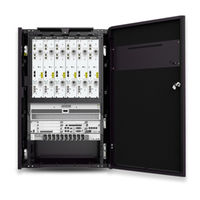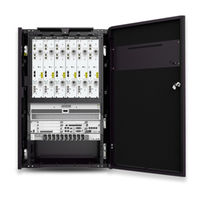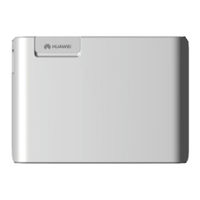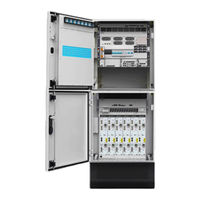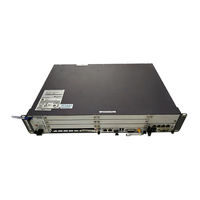Huawei V300R008 Manuals
Manuals and User Guides for Huawei V300R008. We have 6 Huawei V300R008 manuals available for free PDF download: Commissioning Manual, Installation Manual, User Manual
Huawei V300R008 Commissioning Manual (129 pages)
Brand: Huawei
|
Category: Accessories
|
Size: 2.94 MB
Table of Contents
Advertisement
Huawei V300R008 Commissioning Manual (97 pages)
Brand: Huawei
|
Category: Cell Phone
|
Size: 1.09 MB
Table of Contents
Huawei V300R008 Installation Manual (20 pages)
Brand: Huawei
|
Category: Network Hardware
|
Size: 0.28 MB
Table of Contents
Advertisement
Huawei V300R008 Installation Manual (17 pages)
Brand: Huawei
|
Category: Accessories
|
Size: 4.81 MB
Table of Contents
Huawei V300R008 Commissioning Manual (20 pages)
Brand: Huawei
|
Category: Accessories
|
Size: 0.32 MB
Huawei V300R008 User Manual (20 pages)
Brand: Huawei
|
Category: Home Automation
|
Size: 0.3 MB
Advertisement
